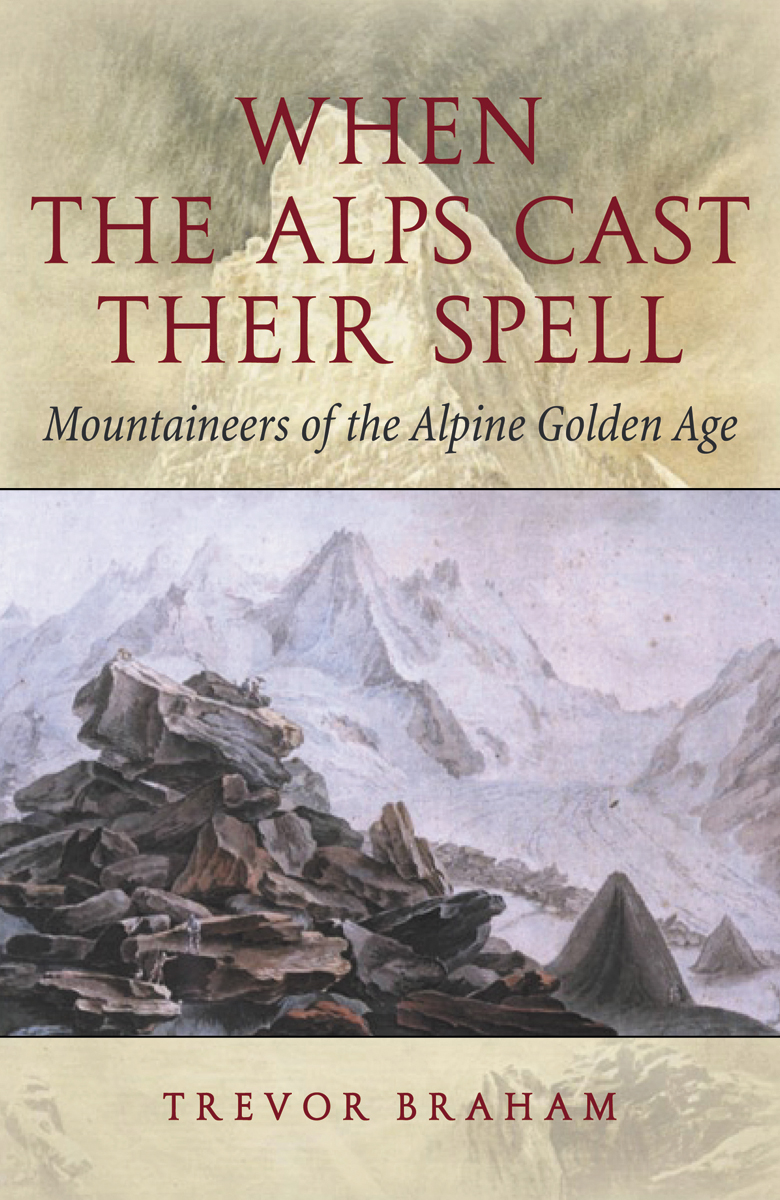
When the Alps Cast Their Spell PDF
Preview When the Alps Cast Their Spell
Since the dawn of time, the Alps have inspired feelings of wonder and awe. The first people to venture beyond the upper forests toward the Alpine glaciers were hardy mountain peasants, often travelling alone, in search of game and minerals. Later, scientific curiosity aroused by the mystery of the origin of the mountains, led to topographical and geological studies of glaciers and peaks, a few of which were climbed. By the mid-nineteenth century, the spell of iceclad mountains began to present an irresistible challenge to small groups of men from Victorian Britain, rousing them to venture into an almost untouched world of high peaks, and providing opportunities that they were quick to seize. In their enthusiasm they introduced the 'sport' of mountaineering. The spread of this new sport resulted in a remarkable series of successes, and the pioneers named the decade beginning in 1855, perhaps not unfairly, the Alpine Golden Age. By the end of the nineteenth century mountaineering, which had expanded greatly, began to acquire a degree of respectability. In When the Alps Cast Their Spell, Trevor Braham, writer and mountaineer, presents aspects of the character and achievements of some of the early mountaineers and their response to the unique attractions of mountaineering. They include Edward Whymper, the first to reach the top of the Matterhorn in 1865; Leslie Stephen, president in 1866 of the then recently-created Alpine Club in London; John Tyndall, the scientist who became principal of the Royal Institution in 1867 and A.E. Mummery, whose innovative style in 1879 marked the beginning of a new era of hard climbs.
